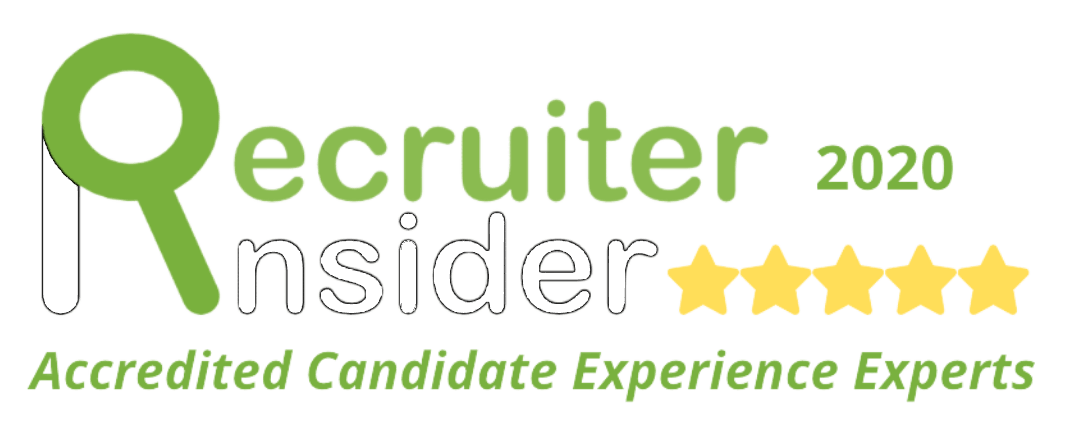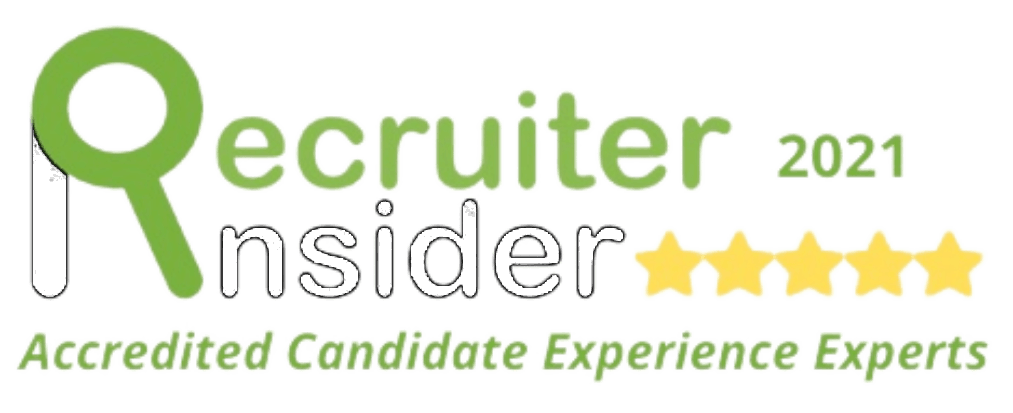How Mentally Healthy Are We?
This week the results of the Mental Healthy 2018 survey have been released, and iknowho were pleased to be in attendance at a breakfast discussion on the insights provided into the mental health of our industry.
Over 1,800 participants from Australia’s marketing, creative and media sectors completed the survey over 5 weeks throughout August and September this year, providing a well-balanced view of our mental health and wellbeing. The research was conducted in collaboration between Never Not Creative, UnLtd and Everymind to provide ‘proof-points’ in an area of growing concern to enable us to move forward. The survey utilised the Depression, Anxiety and Stress Scale (DASS) to determine levels of ‘at risk’ individuals in comparison to the national average.
The fact that 1,800 of us even went to the effort to complete the survey is an indicator in itself that mental health is an important issue in our industry. Results showed that 1 in 4 of those surveyed displayed severe symptoms of anxiety compared to 11% nationally, and 56% of us also showed signs of mild to severe levels of depression compared to the national average of 36% - alarming stats, but sadly not a complete surprise.
So, what were the key take-outs?
The key contributors to mental health were identified as job satisfaction, stress, hours worked and our social connections. Job satisfaction was actually found to be a key indicator of an individual's mental state, with those reporting poor job satisfaction also showing signs or poor mental health, and those with good job satisfaction demonstrating better mental health.
Agency vs. client side isn’t a thing - mental health doesn’t discriminate; we’re all in this together!
Pressure is a stressor and it’s having a negative impact on our mental health. Frustratingly most of this is the pressure is that which we put on ourselves; in an industry of ‘yes’ people, we just don’t want to let anyone down.
And to my favourite findings… What do those reportedly mentally healthy ones amongst us look like??
- They don't come to work when sick
- They’re close to the people they work with
- They feel their abilities are well used at work
- They are more focused, with fewer responsibilities
- They’ve found good work-life balance
Unfortunately, the research also found that the programs already in place seem to be having little effect on improving the mental health of our industry. This could, however, be because they encourage more of us to be open about our problems, or that the programs are only really in their infancy, yet to create an impact.
Ok, what’s next?
Firstly it’s important to point out that one size does not fit all when it comes to mental health!
Changing the conversation at work to one of job satisfaction rather than mental health has been identified as a great way to start improving the mental health of our industry. Not only is this a more comfortable topic, but as mentioned, research shows that job satisfaction is a key indicator of mental health. Taking steps to increase job satisfaction may come from leadership in the form of a well-defined job, clearly identified responsibilities and the provision of adequate resources to succeed. Equally, support and appreciation given to employees goes a long way.
Shift your perspective by changing what you brag about. Currently too much of what we talk about covers how hard we’re working, how late we’re stuck at our desks and how busy our schedule is. With words such as ‘burnout’, ‘isolation’ and ‘stress’ commonplace, have we created a culture in which this is the norm? How about encouraging balance by talking more about life outside of work, and if we must discuss work, how about focusing in the wins we’ve had?
Another aspect of our industry which has come to be the norm is the long hours worked. Why not instead reward your team for leaving on time and remind them that life is more important than work! A different perspective to this ‘balance is often needed, and studies show that staff with positive work/life balance are more productive whilst at work.
Finally, something I personally was drawn to was the concept of work-life boundaries. For example, removing any expectations that you should be contactable 24/7. In an industry that never sleeps, we can often be drawn into late night emailing, but this really isn’t ideal. Why not put a delay on sending that middle-of-the-night email so your colleague can come to the table fresh in the morning, during work hours rather than whatever time your idea strikes? With flexible working arrangements, it’s a given that different members of the team will be online at different times, perhaps in different time zones, but the expectation should be clear from the top that an immediate reply isn't always necessary.
For more information on Mentally Healthy 2018, visit Never Not Creative.










